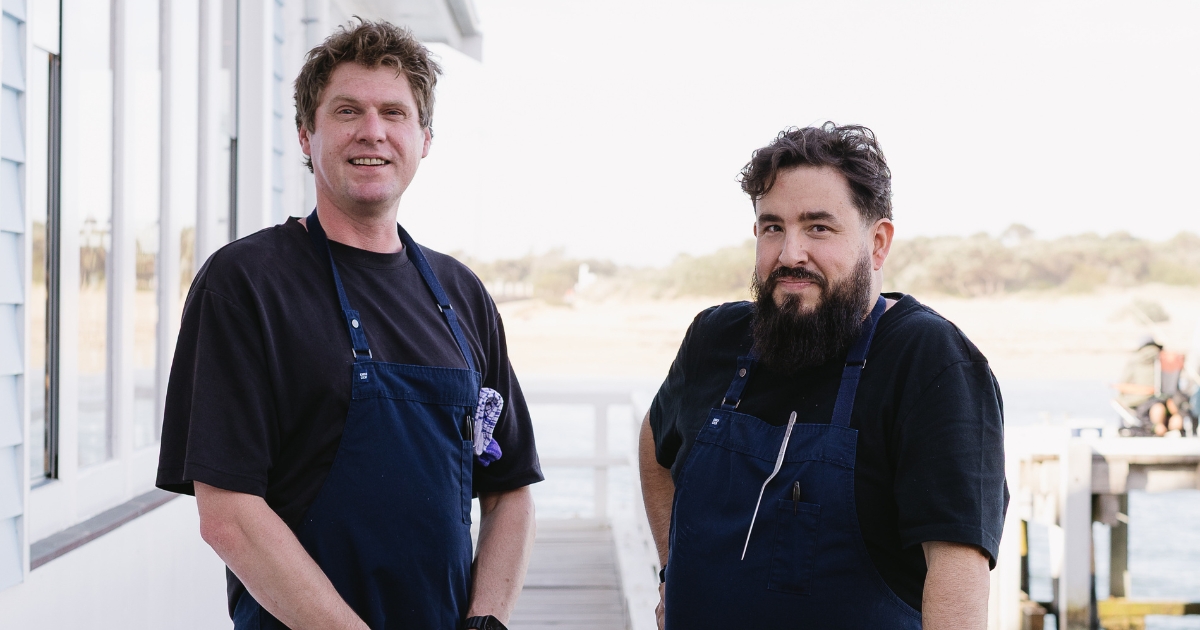Grapevine: Going dry?
After a year that drove us to drink a little more than normal, it should be no surprise that 2021 has kicked off with massive demand for non-alcoholic substitutes as many of us look to start the year afresh with a bit of a detox.
In the USA, the number of people doing dry January is expected to almost double on the 2020 figure, and in the UK over 5 million people start the year with 31 AFDs. Why has it seen such fervour this year though?
Alcohol consumption in the home unsurprisingly saw astronomical growth in 2020 and this seemed to drive much of the reporting that made its way into everyday conversation that we were all drinking a bit more and maybe even a bit too much.

With dine-in venues closed or severely restricted for much of the year though it naturally pushed any and consumption into the home, but what the data that is now coming out suggests is that it wasn’t enough to offset the declines in alcohol consumption at licenced venues, so while some may have increased consumption a little, on the whole we consumed 3% less over the course of the year compared to 2019 on a per capita basis.
The rapid growth of Seltzers throughout the latter part of the year may be a subtle sign of a shift in habits – these ready-to-drink beverages are at their core an alcoholic mineral water with the addition of any number of flavours.
They are particularly suited, and sought-after by health-conscious drinkers given their low sugar content and moderate alcohol content with most being just 1 standard drink or the equivalent of a mid-strength beer. Speaking of which, mid-strength beers now make up 20 per cent of the Australian beer market and most breweries now have at least 1 mid-strength or low-alcohol beer in their range, which are often far from an afterthought with many going to great lengths in R&D to perfect. This is a world away from the race to be the biggest and boldest in beer which saw alcohol levels well north of 10 per cent in new releases on a weekly basis.
These trends suggest that most of us still enjoy alcoholic beverages, but we are becoming more health conscious in general and rather than abstaining completely, finding a happy medium is what we are all looking for.
Whether that is through periodic breaks such as Dry January, Dry July, Sober October etc. or by moderating the volume of alcohol through choosing lower alcohol options or simply drinking less but maybe aiming for a little higher quality for the same weekly or monthly budget.
If you’re currently using January as a chance to reset your bearings for the rest of the year, then you’re lucky that the quantity and quality of non-alcoholic options has never been better and only likely to improve. The range of beers from Sobah on the Gold Coast is a great way to still get your craft beer hit with the clever use of fruit flavours in place of the obviously missing alcohol.
The Lemon Aspen Pilsner is a crisp refreshing ale for the summer days, whilst the Pepperberry IPA is well judged and delivers that hit of hops you might be craving. Wine has always been a tough one to grasp, but the technology on offer now to remove alcohol from a wine is such that there can be genuinely delicious wines on offer that do offer some of the varietal character from the grapes used without needing to add other flavourings to create the beverage.
The Fourth Wave group have been innovating for some time now in traditional markets, but they have brought that know-how to a Pinot Noir and Pinot Grigio out of South Australia under the name Plus and Minus ($15), for which they use grape seed extract in place of sugar or sweeteners to balance with the acidity in building texture. The result is a wine of surprisingly typical red berry flavours and spice with a clean, light and smooth texture.


















